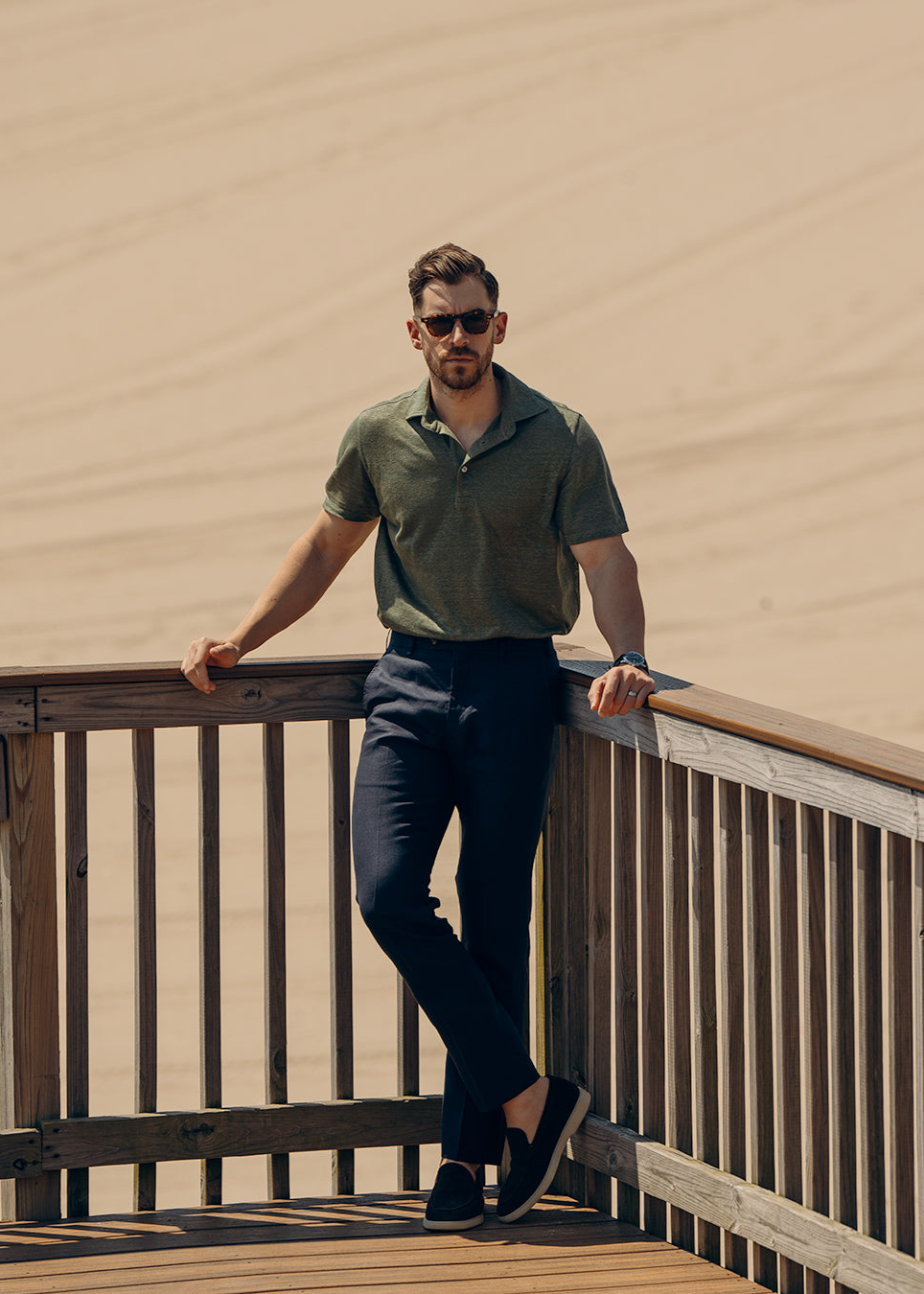As we wrote earlier, there is vigorous debate about the long term prospects of physical retail establishments. Will they be around in 10 years or won't they? As we said before, we think so. In fact, though online retail sales have experienced tremendous growth in recent years, and will continue to for years to come, even the rosiest of predictions call for only 11% of all retail sales to be attributable to the web.
And as for today? Well today, though 40% of retail sales are influenced by online browsing, 75% of these same sales occur in store, within 15 miles of where one lives, and nearly 95% of ALL retail sales made in the U.S. are made in store.
Nonetheless, one can't argue that the economics are better for online only retailers. The costs of renting/buying, maintaining, stocking, and running a physical store are high. And covering those costs through price increases and/or producing lower quality, higher margin apparel is a recipe for failure. So, what's a company to do?
Both and because an omnichannel approach to retail is almost necessary for long term success, companies like Warby Parker, Bonobos, and recently, Birchbox, have opened physical stores around the country. Yet these stores aren't like stores that we're used to. They're the stores of the future run by industry leaders of the future and they complement the online first, formerly online only business models that propelled these companies to success thus far.
For one thing, in the case of Bonobos, which calls its stores Guideshops, you won't find an extensive selection of inventory in store. Yup, that's right. You'll walk into the Guideshop, shop, and leave, but without anything in hand. The reason being that Guideshops are in essence, brand introduction centers. For those consumers who are interested in buying from Bonobos but are uncomfortable not knowing what size to order, Guideshops are perfect. Customers can try on pants to get a sense of size. If someone has heard of Bonobos and wants to check out what all the fuss is about, they can go to a Guideshop, where they can feel, touch, and even try clothes on. But when it comes to buying clothing, customers do not shop in store, just through a computer. This allows the company to centralize its inventory and warehousing and interestingly, customers don't seem to care that they have to wait a day or two to get their orders.
In fact, many customers appreciate not having to leave with what Bonobos' CEO dubbed, “a bag of shame.” Furthermore, these “in-store” purchases are usually of a higher dollar amount and the customers are more loyal in the future, as demonstrated by their lifetime value as a customer and as demonstrated by the shorter period of time it takes for them to reorder.
But there are many other ways that these new age stores differ and in our next post, we'll explore these additional, modern features of the physical retail store.
And as for today? Well today, though 40% of retail sales are influenced by online browsing, 75% of these same sales occur in store, within 15 miles of where one lives, and nearly 95% of ALL retail sales made in the U.S. are made in store.
Nonetheless, one can't argue that the economics are better for online only retailers. The costs of renting/buying, maintaining, stocking, and running a physical store are high. And covering those costs through price increases and/or producing lower quality, higher margin apparel is a recipe for failure. So, what's a company to do?
Both and because an omnichannel approach to retail is almost necessary for long term success, companies like Warby Parker, Bonobos, and recently, Birchbox, have opened physical stores around the country. Yet these stores aren't like stores that we're used to. They're the stores of the future run by industry leaders of the future and they complement the online first, formerly online only business models that propelled these companies to success thus far.
For one thing, in the case of Bonobos, which calls its stores Guideshops, you won't find an extensive selection of inventory in store. Yup, that's right. You'll walk into the Guideshop, shop, and leave, but without anything in hand. The reason being that Guideshops are in essence, brand introduction centers. For those consumers who are interested in buying from Bonobos but are uncomfortable not knowing what size to order, Guideshops are perfect. Customers can try on pants to get a sense of size. If someone has heard of Bonobos and wants to check out what all the fuss is about, they can go to a Guideshop, where they can feel, touch, and even try clothes on. But when it comes to buying clothing, customers do not shop in store, just through a computer. This allows the company to centralize its inventory and warehousing and interestingly, customers don't seem to care that they have to wait a day or two to get their orders.
In fact, many customers appreciate not having to leave with what Bonobos' CEO dubbed, “a bag of shame.” Furthermore, these “in-store” purchases are usually of a higher dollar amount and the customers are more loyal in the future, as demonstrated by their lifetime value as a customer and as demonstrated by the shorter period of time it takes for them to reorder.
But there are many other ways that these new age stores differ and in our next post, we'll explore these additional, modern features of the physical retail store.



